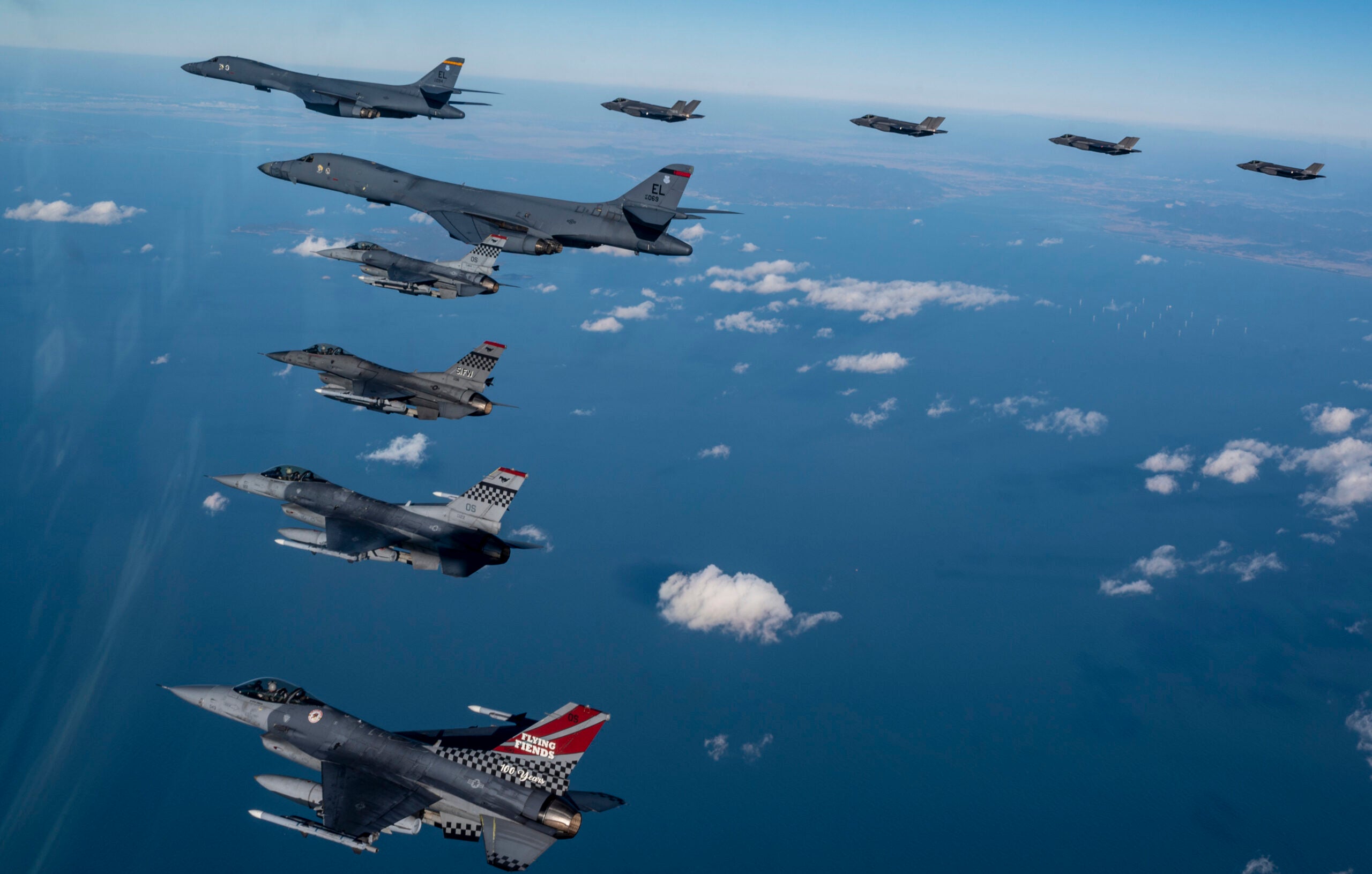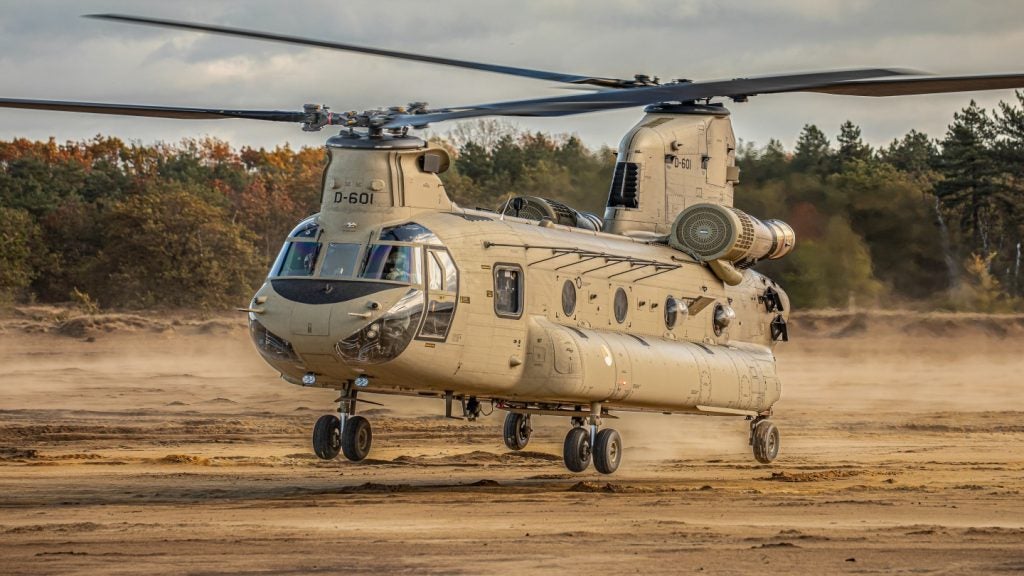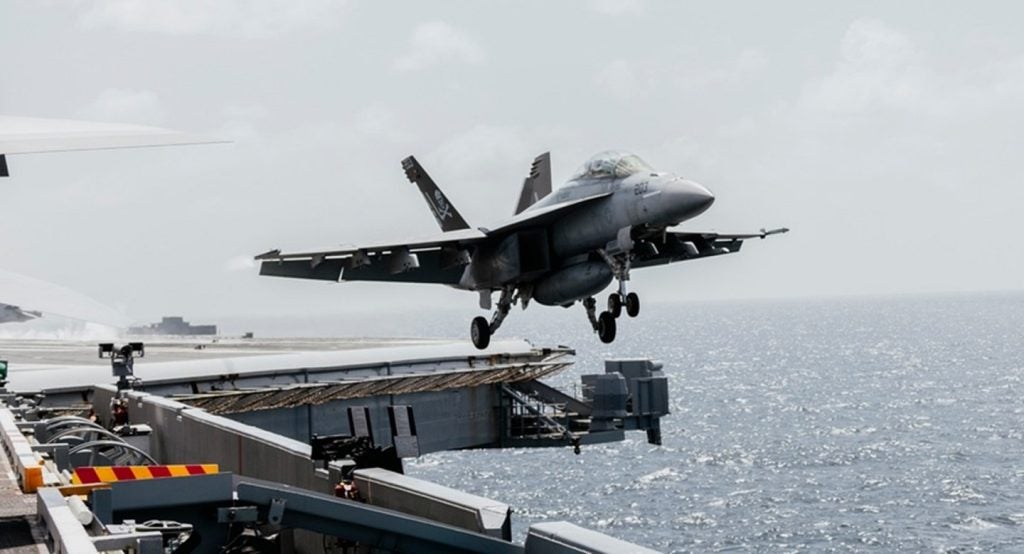
Air assets from the US Indo-Pacific Command (USINDOPACOM) and the Republic of Korea (ROK) have carried out bilateral drills to demonstrate their joint deterrent capabilities.
The six-day exercise involved nearly 240 aircraft and thousands of service members from the US Air Force (USAF) and the Republic of Korea Air Force (ROKAF).
The drills were conducted on 5 November, a one-day extension of the annual training event Vigilant Storm that was originally scheduled to take place between 31 October and 4 November.
According to a Reuters report, the exercise was extended for one more day in response to the ‘continued provocations’ by the Democratic People’s Republic of Korea (DPRK or North Korea).
Meanwhile, the USINDOPACOM statement claimed that the drills were held to showcase the high flexibility, close coordination, deterrence and combat readiness of the forces of both countries.
The statement said: “The US remains committed to peace and prosperity through the region to secure a free and open Indo-Pacific, and our commitment to the defence of the ROK remains ironclad.”
How well do you really know your competitors?
Access the most comprehensive Company Profiles on the market, powered by GlobalData. Save hours of research. Gain competitive edge.

Thank you!
Your download email will arrive shortly
Not ready to buy yet? Download a free sample
We are confident about the unique quality of our Company Profiles. However, we want you to make the most beneficial decision for your business, so we offer a free sample that you can download by submitting the below form
By GlobalDataThe extended drills involved the participation of the USAF’s B-1B Lancer bomber aircraft and F-16 Fighting Falcons along with the ROKAF’s F-35A fighter aircraft.
A Yonhap News Agency’s (YNA) report claimed that the latest deployment marks the first time, since 2017, that the US has deployed its Lancer aircraft to South Korea, the Joint Chiefs of Staff said.
Soon after the completion of bilateral exercises, the South Korean military claimed that the DPRK test-launched four short-range ballistic missiles on 5 November.
A Reuters report said that the missile was fired into the western sea.
Earlier this week, North Korea test-fired an intercontinental ballistic missile into the international sea.







